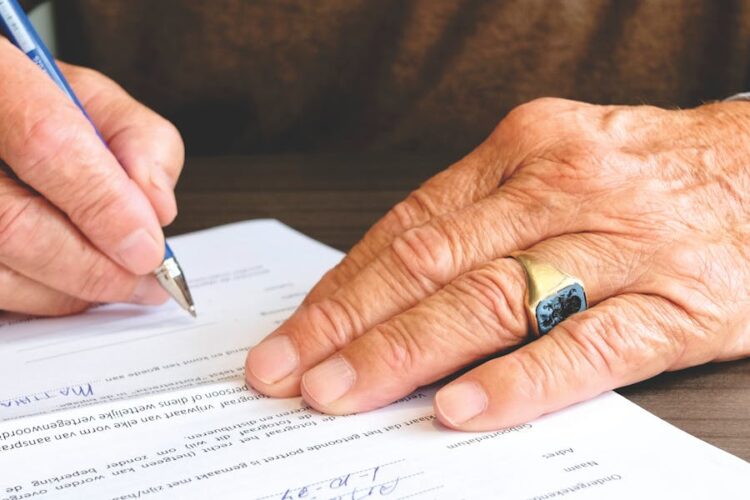Picture yourself driving down Pacific Coast Highway, windows down, sun on your skin, soaking up every blissful minute. Suddenly, another driver pulls you out of your reverie when they fail to yield and hit your car. Recent data shows that accidents like this happened to five people per minute in 2021.
If you’ve been in an accident, you’re likely contemplating an automobile accident lawsuit. Make sure you’re informed when you sign on the dotted line with an attorney. Read on to demystify critical components in the legal process!
Lawsuit Essentials
You’ll need evidence on your side to succeed in your claim. Before you even exit your car, you should think about collecting and preserving as much evidence as possible.
If you can safely do so, take photographs of the scene of the accident and injuries. Take note of the weather conditions and any statements made by the other driver or witnesses. Maintain medical records and document all of your expenses, including days missed from work.
Automobile Accident Lawsuit Timelines
There are many timeframes you’ll deal with during your lawsuit. Make sure that you’re on top of them to avoid losing out on the compensation you deserve.
Claims
The first timeline you need to consider is how long you have to file a claim with your car insurance company. You need to file your claim immediately, and no later than 30 days from the date of the accident. This preserves your right to coverage for an accident, whether you’re at fault or not.
Statutes of Limitation
Statutes of limitation are the timeframe you have to file a legal complaint. They vary from state to state, so it may be three years in one state and two years in another. Your personal injury lawyer will advise you of how long you have during your consultation.
Settlement vs. Jury Trial
This is not a limitation per se, but it is a consideration. Personal injury cases take a very long time to make it from the initial complaint to the trial date. Many people prefer to settle long before they even have a court date.
Talk to your attorney about considerations like how long it’ll take to make it to court and whether a particular settlement offer is reasonable.
Liability Matters
You might think of liability as black and white, but your state may not think of it that way. In the U.S., there are a couple of different ways courts determine liability.
For example, a jury may find that you are 25% at fault, while the other driver was 75% at fault. Typically, this means that your jury award is reduced by 25%. Talk to your attorney about how car accident compensation works in your state to learn what to expect.
Don’t Get Lost In the Legal Process
You don’t have to go to law school to know that you deserve compensation when someone hits your car. Still, untangling the complexities of an automobile accident lawsuit will give you more peace in the process. Hiring an attorney as soon as possible will help make the experience as stress-free as it can be!
Do you have a desire to learn more about how the legal system works? You need a legal resource like ours that’s second to none in reliability. Check out the rest of our blog and get your fill of cutting-edge legal news!









